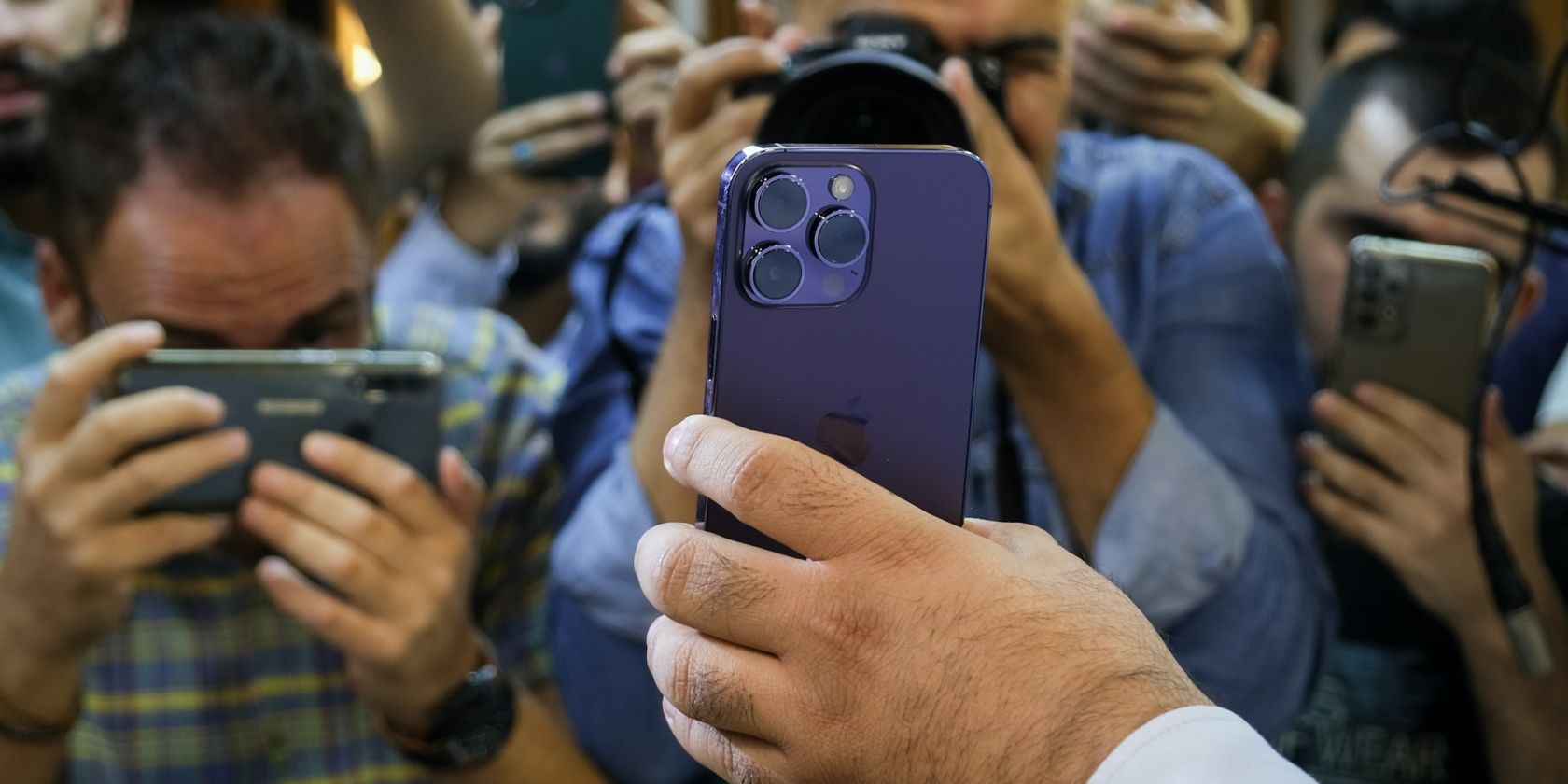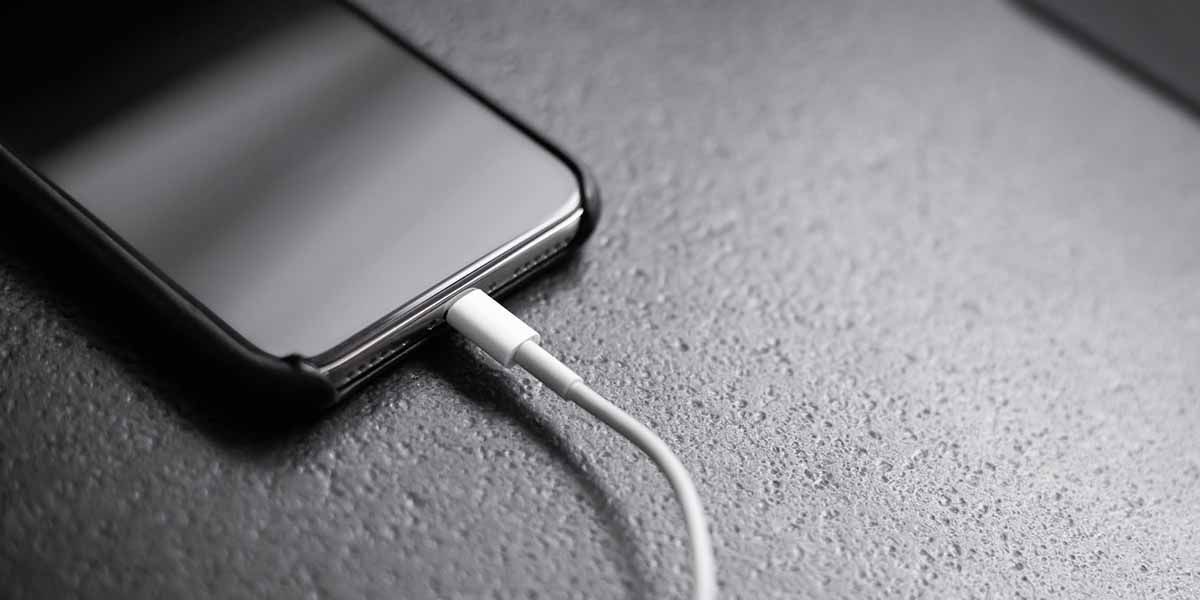The iPhone 14 Pro introduced a handful of features, such as the Dynamic Island cutout, 48MP main camera, always-on display, and more. But these improvements are pretty minor in the grand scheme of things and don't warrant an upgrade over the predecessor.
However, the iPhone 15 Pro could change that. Although nothing is certain yet, we're expecting to see a handful of meaningful upgrades that could make a big difference. Some of these are more likely to be implemented than others. So, here's a look at what we want from the iPhone in 2023.
1. Thinner Bezels
The iPhone 14 Pro introduced the biggest design change that the lineup has seen in years, and it seems Apple is ready to introduce another one with the iPhone 15 Pro.
According to Bloomberg's Mark Gurman, the iPhone 15 Pro series is expected to feature the thinnest-ever bezels on an iPhone, measuring a record-breaking 1.5 mm. This is about 30% thinner than the 2.17 mm bezel on the iPhone 14 Pro.
Usually, when manufacturers want to simulate a "bezel-less" look on their phones, they have to use curved displays. The iPhone 15 Pro, however, will accomplish this with a flat panel that many people prefer.
2. A USB-C Port
You probably already know that USB-C is better than Lightning ports in almost every way and that the EU has passed legislation that forces Apple to switch to USB-C by 2024. However, there's a catch. If you've actually read the law, you'd know that it only applies to devices "capable of being recharged through wired charging."
Given this nuance, Apple can technically dodge the EU ruling by getting rid of the charging port entirely and fully embracing MagSafe wireless charging on all iPhones.
But that's unlikely to happen, as industry analysts expect Apple to switch to USB-C for the iPhone 15 lineup. Apple may nerf the standard iPhones, limiting them to standard USB 3.0 speeds, whereas the Pro models could get Thunderbolt 3 transfer rates. This will further widen the gap between the Pro and standard iPhones.
3. Smaller Dynamic Island Cutout
After years of tolerating the notch, the redesigned pill-shaped Dynamic Island cutout has become the new face of the iPhone. It morphs into different shapes to display glanceable info and ongoing background activities. However, this solution is a bit counterintuitive.
Ideally, a smartphone display should be free from any distractions to maximize screen estate and immersion. The notch already took up a sizable portion of the display, but the Dynamic Island cutout sits further down and is even more distracting than the notch.
If maximizing screen estate is the goal, the hole-punch design on Android phones makes much more sense. But in the pursuit of making iPhones look iconic, Apple went a different way. We hope the iPhone 15 Pro has a much smaller cutout to make it less obtrusive.
4. A Periscope Telephoto Camera
While Samsung has always boasted about its zoom capabilities, the iPhone has remained conservative and retained its 3x optical zoom lens for the longest time. So, it's no wonder that camera comparisons of iPhone and Samsung phones always award the latter as the winner in terms of zoom.
Some rumors suggest that Apple is planning to introduce a new iPhone 15 Ultra model in 2023. If that's true, it could be the perfect time to introduce a new periscope telephoto camera with 10x optical zoom, making it the first iPhone ever to have a quad-camera setup.
5. Improved Image Processing
Apple doesn't tweak its image processing algorithms as often as other brands do, which is great for reliability and avoiding unwanted surprises. However, it also means the problems with the iPhone camera remain largely unsolved.
For instance, the iPhone does not represent darker skin tones as accurately as Google Pixel or Samsung Galaxy phones but instead makes them look washed out and dull.
Secondly, when shooting portrait shots, the iPhone tends to remove a lot of shadow information from your face, even if you're being lit by a light source placed to your side.
Lastly, although we like how the iPhone preserves the overall natural look of your photos, it can look a bit boring at times when put next to shots from Samsung and Google. We hope the iPhone 15 series will address these problems with its image processing capabilities.
6. A Redesigned Titanium Body
iPhones use a stainless steel frame that is not only stronger than aluminum but also heavier. However, since the sides of the iPhone are so shiny, any fingerprints and scratches will also be more visible, making your iPhone look aged quickly.
An aluminum body with a matte finish like the one on the Samsung Galaxy S23 Ultra better hides fingerprints and scratches in comparison. But that comes at the cost of durability.
So, a better material to use would be titanium since it's stronger and much lighter than steel. The only problem is that titanium is more expensive, so using it could increase the price of iPhones—still, a perfect addition to the rumored "Ultra" model.
7. Improved Battery Life
When comparing the iPhone 14 Pro Max and 13 Pro Max, you'll notice that the former doesn't really offer any improvement in battery life despite having a slightly more efficient chip.
There are two reasons for this. One, the size of the battery is almost identical in both devices. And two, the always-on display on the iPhone 14 Pro and Pro Max consumes more power. You can turn off the always-on display to save some power if you wish, though.
Just to be clear, we know that the iPhone 14 Pro Max has excellent battery life, but buying a newer model is less appealing when the older one offers almost the same endurance. So, we'd like to see a larger cell this time around.
8. Reverse Wireless Charging
Weirdly enough, iPhones support wireless charging but not reverse wireless charging to power your AirPods or Apple Watch. Reverse wireless charging is a standard feature for most flagship Android phones, yet Apple refuses to bring this functionality to iPhones for some reason.
Reverse wireless charging can come in handy when there's no power source nearby, and you need to charge your accessories. Since iPhones have excellent battery life, it makes sense to use it to charge smaller gadgets on the fly. We wish to see the feature implemented on the iPhone 15 Pro series.
9. Faster Wired Charging
The iPhone is perhaps the slowest charging flagship phone out there, and it's a shame considering how many Android rivals are now pushing 100W charging and higher.
Apple likely refuses to offer faster charging speeds to preserve your iPhone's battery health. After all, the longer your iPhone stays with you, the longer you stay locked in the Apple ecosystem and don't think about switching to Android.
But being able to plug your phone in for a couple of minutes and get a couple of hours' worth of power is very reassuring. With the switch to USB-C, we hope the iPhone 15 Pro series addresses this issue and offers much faster charging speeds.
Will the iPhone 15 Pro Be Worth the Wait?
Apple is widening the gap between the Pro and non-Pro iPhone models. So, it could be the case that many of the improvements the company brings remain exclusive to the iPhone 15 Pro series, making it more appealing compared to the standard iPhone 15 models.
Improvements such as thinner bezels, a larger battery, a titanium body, faster wired charging, reverse wireless charging capability, and more could make their way into the iPhone 15 Pro and the alleged iPhone 15 Ultra. If they do, Apple could very well increase the prices for these models.


-(10).jpg)
